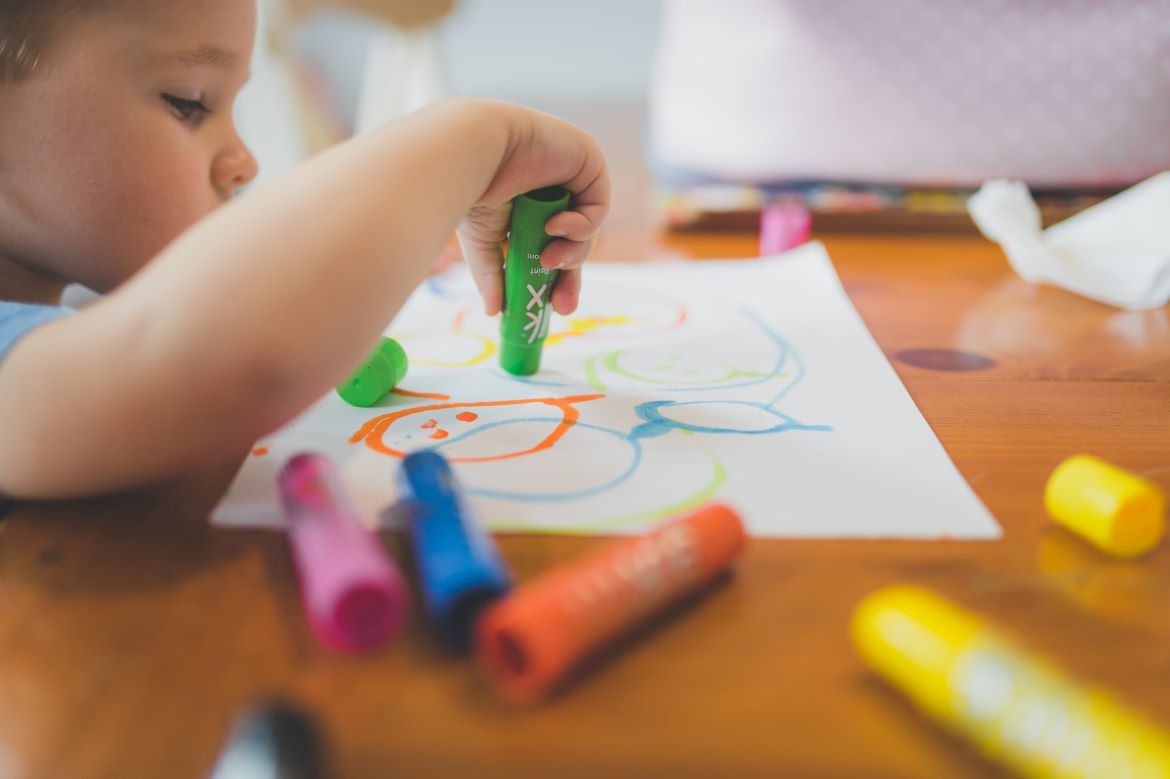By Jane Marsh
Most people remember the unique joy of smearing thick globs of paint or moulding figures out of clay. Creative play like this is a vital part of development where kids can experiment and express their thoughts in a new way. Find out why parents across the world are cultivating the love of art in their families and how you can join in the fun.
The Benefits of Art Education
Because of the rapid growth of technology, the amount of time children spend with physical mediums is decreasing. While there are benefits to a digital world, children still need that textured and sensory experience of drawing by hand or sculpting with clay.
Art builds dexterity and engages all the senses. Fine motor skills are the detailed movements and interactions between fingers and the brain, involved in painting, holding materials, and writing.
Smearing bright paint across the canvas allows young hands to feel the glossy texture of the paint, smell its unique aroma, experiment with colour, and hear and respond to interactions with other children about their creations.
Mentally, art allows kids to learn problem-solving skills. When building a clay figurine, the child decides how the object will stand, evaluates the success of its shape, and then learns how to make more sound creations in the future.
Additionally, emotion is at the heart of creative arts. In a short story, a child may reveal their deep love for their pet or anxiety over math tests. Psychologists have also found links between drawings and children’s inner thoughts. Looking at these projects helps parents teach their children about difficult or strong emotions.
Finally, the arts are exciting. Children naturally gravitate towards creative fun, and painting, acting, writing, and sculpting all engage this sense of playfulness. Prioritising activities that are good for growth and happiness is the key to child development.
Encouraging Colour and Creativity in the Arts
Your children are little engines of creativity and you can help expand their skills through a variety of activities. Whether through outside groups, events, or family conversations, you can cultivate an expansive love for the arts at a young age.
1. School Activities and Clubs
Many schools offer art or ceramics classes, but boards across the country are slowly defunding these programs. To the untrained eye, the arts seem unnecessary or frivolous compared to hard skills like arithmetic and reading. However, art’s ability to express deep thought is paramount to development.
If your school district does offer academic clubs like art club, mural painting, ceramics, drama, band, or chorus, encourage your children to join. Donate to their fundraisers when you can or volunteer as a helper at events.
Your children will be overjoyed to see you at their concerts and exhibitions as well. Showing up and congratulating them on their achievements is a sure way to encourage your children to go further with their skills in music, writing, or acting.











